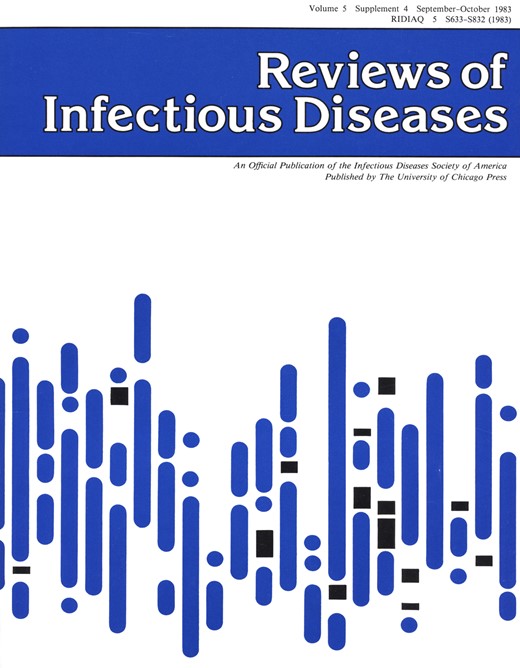-
Views
-
Cite
Cite
John Swanson, Gonococcal Adherence: Selected Topics, Reviews of Infectious Diseases, Volume 5, Issue Supplement_4, September-October 1983, Pages S678–S684, https://doi.org/10.1093/clinids/5.Supplement_4.S678
Close - Share Icon Share
Abstract
Gonococcal adherence to human host epithelial surfaces appears to be an important feature in pathogenesis of gonorrhea. Attaining and maintaining close association with epithelial cells may involve interactions of both gonococcus to epithelial cell and gonococcus to gonococcus; it is suggested that two distinct gonococcal surface components — pili and outer membrane protein II — play complementary roles in promoting these close associations with mucosal cells. Both pili and outer membrane protein II occur in several different molecular forms among gonococci of a given strain, and expression of a particular form of each changes at high frequency in vitro. If analogous changes occur in vivo, gonococci may have a sizeable repertoire of surface facades to cope with changing or different cellular and humoral components of the host.







Comments